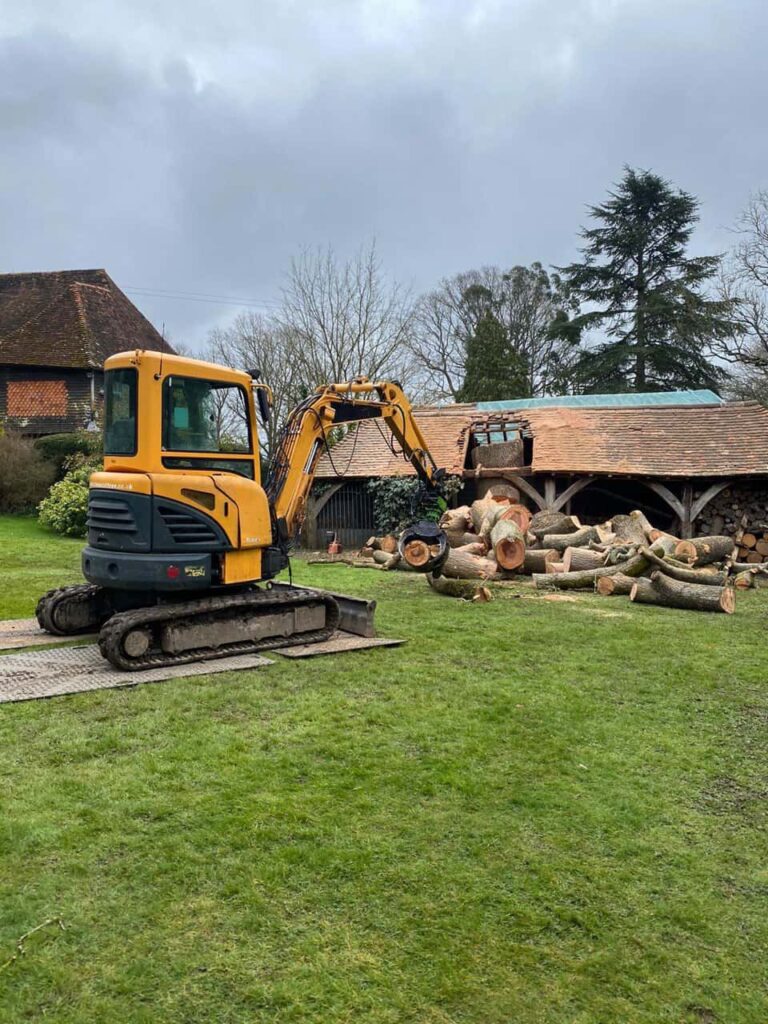Pruning for Pest Prevention: Reducing Vulnerabilities to Insects and Disease
Introduction: Maintaining the health and vitality of your trees is a crucial aspect of responsible tree care. One essential practice that contributes significantly to tree health is pruning. Beyond shaping and aesthetics, pruning is vital in preventing pest infestations and diseases. In this blog post, Keyworth Tree Surgeons explores the connection between pruning and pest prevention, offering insights into how you can protect your trees from common threats.
Understanding the Threat:
- Pest Damage: Insects like aphids, bark beetles, and borers can weaken trees by feeding on their leaves, bark, or wood. Some pests, like the emerald ash borer, can be particularly destructive.
- Disease Spread: Fungal and bacterial diseases can spread rapidly in trees with compromised branches or wounds. Pruning helps remove potential infection sites.
Pruning Techniques for Pest Prevention:
- Deadwood Removal: Dead, dying, or decaying branches are more susceptible to infestation and disease. Regularly removing deadwood reduces the appeal of your tree to pests.
- Thinning: Proper thinning reduces the density of branches and foliage, improving air circulation and sunlight penetration. This makes the tree less favourable to pests that thrive in dark, humid environments.
- Crown Cleaning: Removing dead or diseased branches from the canopy prevents the spread of diseases like Dutch elm disease or oak wilt.
- Wound Management: Promptly prune and treat wounds, such as those caused by storm damage or incorrect pruning, to prevent pests and diseases from entering the tree.
- Structural Pruning: Properly trained and pruned trees are less likely to develop weak crotches or co-dominant stems, reducing the risk of branch failure and insect infestation.
Timing Matters:
- Seasonal Pruning: Pruning during the dormant season (late fall to early spring) is often recommended, as pests are less active, and the tree is less stressed.
- Emerald Ash Borer Consideration: For trees vulnerable to the emerald ash borer, it’s crucial to avoid pruning during the insect’s active flight period in late spring and early summer.
Professional Expertise:
- Consult an Arborist: Hiring a certified arborist or tree surgeon ensures that pruning is done correctly, minimising the risk of unintended damage and promoting tree health.
Conclusion: Pruning is a proactive measure that can significantly reduce the vulnerability of your trees to pests and diseases. By removing deadwood, thinning branches, and managing wounds, you not only enhance the aesthetics of your trees but also bolster their defences against common threats.
Call us on: 0115 647 1198
Click here to find out more about Keyworth Tree Surgeons
Click here to complete our contact form and see how we can help with your tree’s needs.

